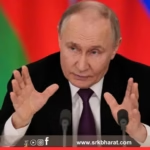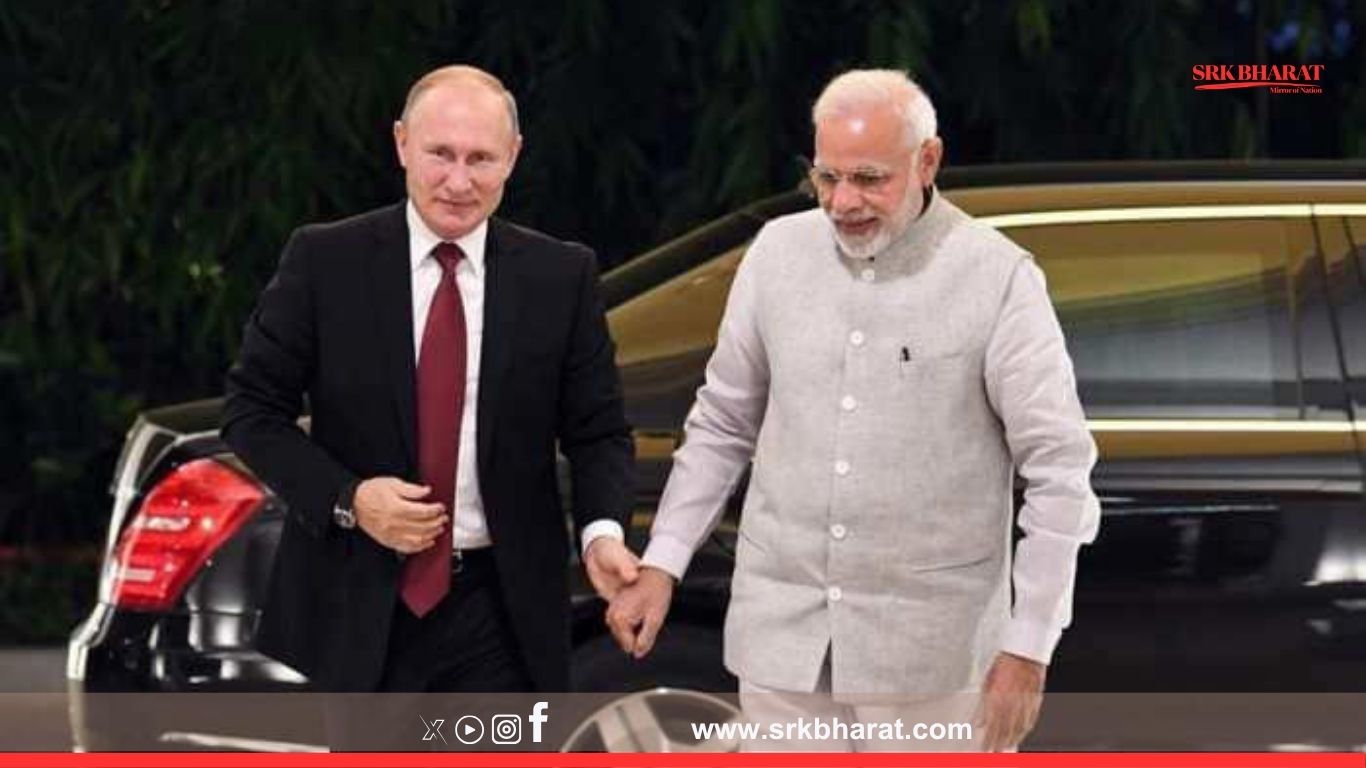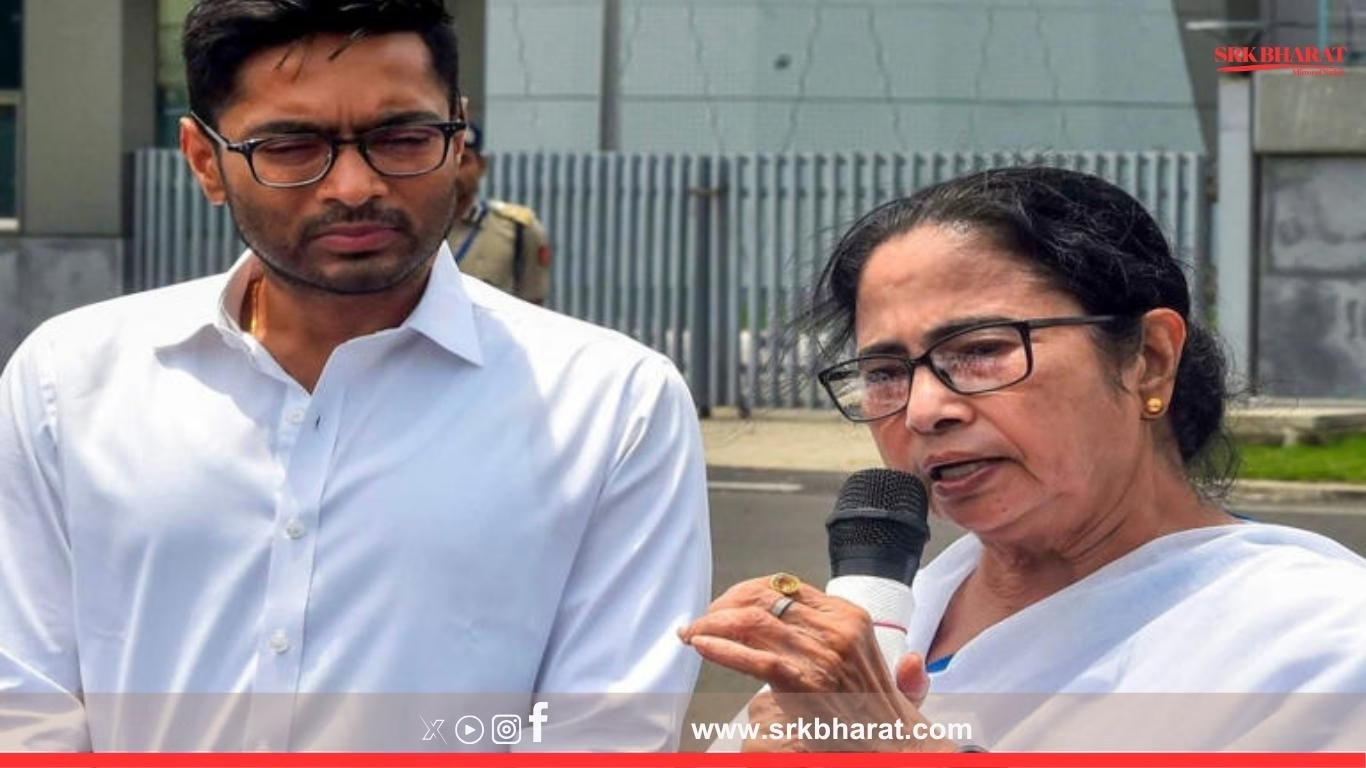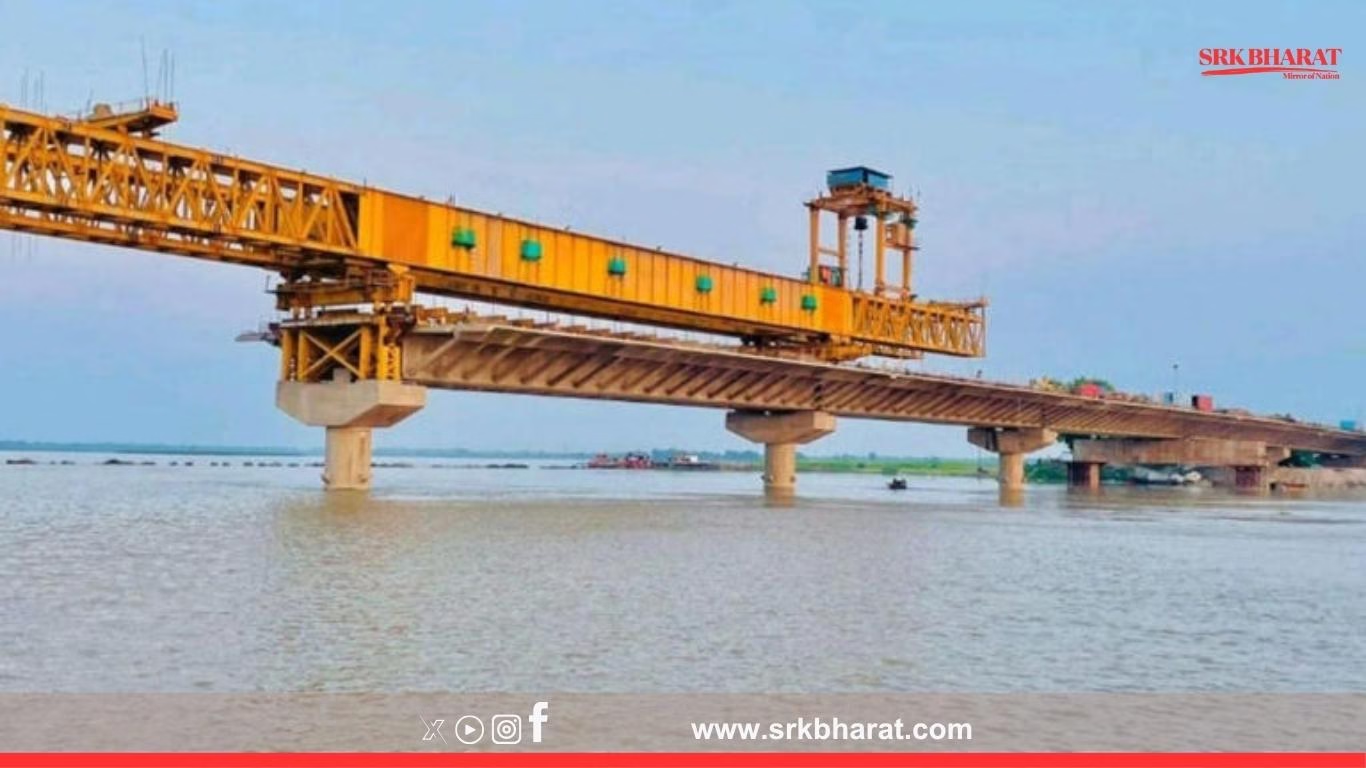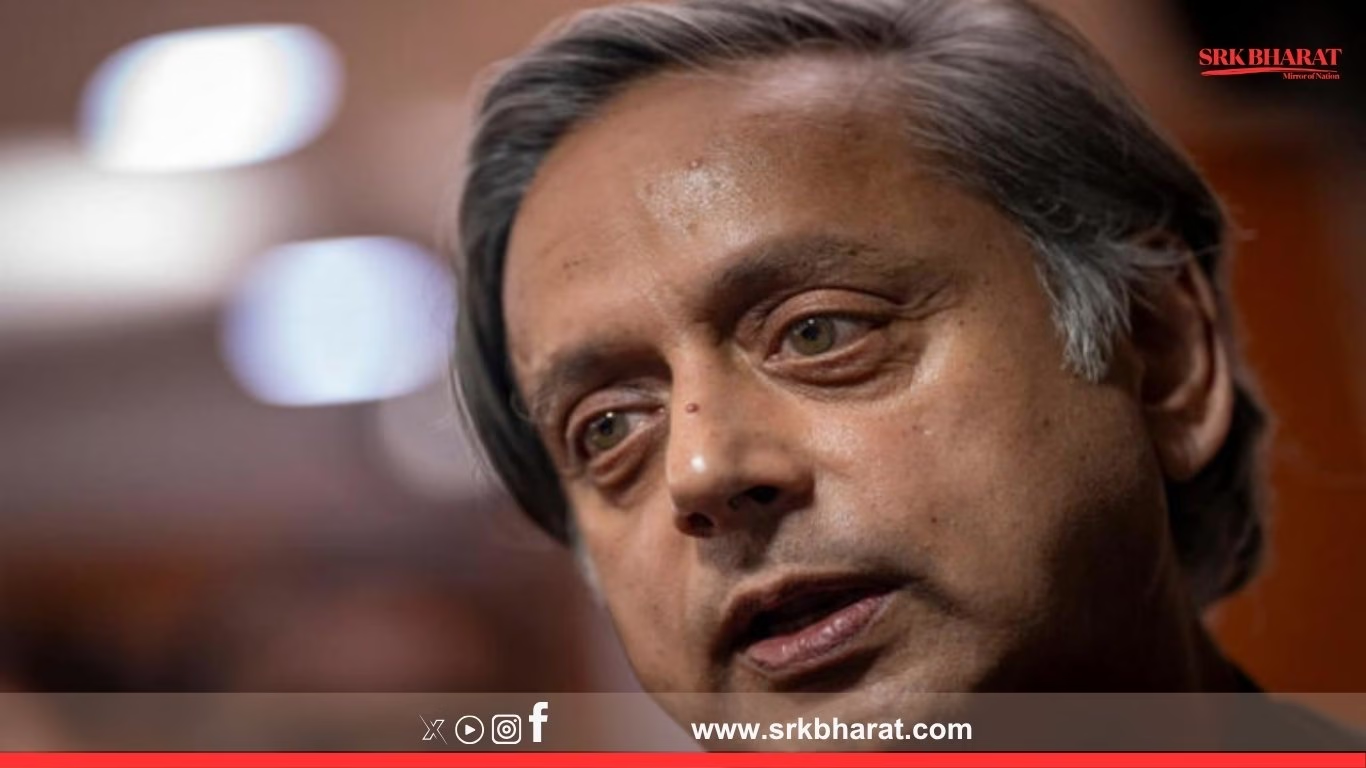India’s deepening defence ties with Russia are under renewed international scrutiny as New Delhi moves forward with plans to acquire advanced Russian weapon systems, risking potential sanctions under U.S. laws should Donald Trump return to the White House. The geopolitical tension highlights India’s strategic balancing act amid growing threats from China and Pakistan, even as it expands ties with the West.
According to diplomatic sources, India is evaluating a range of Russian platforms, including S-500 air defence systems, Su-57 stealth fighters, and next-generation tanks, in addition to ongoing deliveries of S-400 Triumf systems under a $5.4 billion deal signed in 2018.
🔍 Why Is India Interested In Russian Weapons?
| Weapon System | Key Advantage | Operational Impact |
|---|---|---|
| S-500 Prometey | Can intercept ICBMs, hypersonic missiles, satellites in low earth orbit | Enhances strategic deterrence against China’s DF-17 and future Pakistani threats |
| Su-57 Stealth Fighter | Advanced stealth, supermaneuverability, integrated avionics | Counters China’s J-20 stealth fighters and boosts IAF’s depleted squadron strength |
| T-14 Armata Tank | Unmanned turret, active protection, superior crew survivability | Replaces ageing T-72 fleet and provides edge over Pakistan’s Al-Khalid tanks |
Defence analysts argue that these procurements are crucial for India to maintain credible deterrence on both western and eastern fronts, especially with continued tensions along the Line of Actual Control (LAC) with China.
🏦 U.S. Countering America’s Adversaries Through Sanctions Act (CAATSA)
Under the CAATSA law enacted in 2017, the U.S. imposes sanctions on entities engaging in significant defence transactions with Russia, Iran, or North Korea. While the Biden administration issued a waiver for India’s S-400 purchase citing Quad strategic interests, Trump’s previous tenure saw hardline positions against countries buying Russian defence systems, including Turkey.
🗣️ Trump’s Potential Response If Re-elected
Former President Donald Trump has frequently criticised India’s trade and defence policies. In his 2024 campaign rallies, Trump reiterated:
“Countries cannot buy from America’s enemies and expect to remain our military partners. We will end double-dealing.”
Analysts caution that a second Trump administration could:
- Reverse CAATSA waivers for India’s ongoing Russian procurements.
- Impose targeted sanctions on Indian defence entities.
- Block technology transfer components under the Indo-U.S. Defence Technology and Trade Initiative (DTTI).
📊 India-Russia Defence Trade Snapshot
| Year | Value of Deliveries ($ Billion) | Key Deliveries |
|---|---|---|
| FY23 | 4.5 | S-400 batteries, Su-30 MKI spares |
| FY24 | 3.1 | Igla-S MANPADS, upgraded T-90 tanks |
| FY25 | 2.8 | S-400 regiment, AK-203 rifles |
| FY26 (projected) | 4.7 | Possible S-500 evaluation, Su-57 negotiations |
(Source: SIPRI, Indian MoD procurement data)
🔬 Strategic Implications For India
1. Balance between Russia and U.S.
India’s military inventory remains 65% of Russian origin, including frontline fighters, tanks, and submarines. Simultaneously, it is deepening defence ties with the U.S. through:
- GE-HAL engine co-production for Tejas Mk2
- Predator MQ-9B drone acquisition
- Interoperability pacts under COMCASA, BECA, and LEMOA
Defence experts warn that any U.S. sanctions could disrupt Indo-U.S. joint ventures and complicate supply chains for advanced American-origin platforms.
🗣️ Analysts’ Views
Air Marshal Anil Chopra (Retd), Director, Centre for Air Power Studies:
“India cannot afford to forego Russian platforms immediately. The Su-57 or S-500 would provide strategic capabilities unmatched by current Western offers, despite political risks.”
Lisa Curtis, former U.S. NSC Senior Director for South Asia:
“A Trump administration might seek transactional clarity. India will have to diplomatically convey that Russian acquisitions are essential for China deterrence, not undermining Indo-U.S. interests.”
🏆 China And Pakistan Factor
With China inducting hypersonic DF-17 missiles, HQ-9B SAMs, and fifth-generation J-20 fighters, and Pakistan securing JF-17 Block-3 jets with AESA radars and Chinese HQ-9 systems, India’s defence planners argue that acquisition delays could erode strategic balance.
🔎 Recent Developments
| Date | Event | Impact |
|---|---|---|
| May 2025 | Russia offers Su-57E for export | Indian Air Force evaluating stealth fleet options |
| June 2025 | Reports of India-Russia talks on S-500 | Strategic Air Defence Command integration planning initiated |
| July 2025 | Trump’s speech threatens sanctions on nations buying Russian arms | Raised concerns in Indian strategic circles |
💡 Possible Sanction Scenarios
| Scenario | Outcome For India |
|---|---|
| Full CAATSA sanctions | Restricts U.S. defence trade, technology transfers, impedes Make in India partnerships |
| Targeted entity sanctions | Affects DRDO or MoD divisions directly dealing with Russian OEMs |
| Waiver continuation | Maintains Indo-U.S. ties; risk mitigation via political lobbying and defence diplomacy |
🏗️ India’s Strategic Options
- Continue diversification of arms imports, ramping up purchases from France (Rafale M, Scorpene), Israel (Heron TP drones), and domestic manufacturing under Atmanirbhar Bharat.
- Intensify indigenous programmes, including AMCA stealth fighter, MRSAM, and hypersonic glide vehicles.
- Leverage Quad and I2U2 strategic dialogues to counterbalance possible U.S. restrictions.
🔮 Outlook For Indo-U.S.-Russia Defence Dynamics
- Short term: India will continue limited Russian acquisitions while expanding U.S. and European defence partnerships.
- Medium term: Potential Trump presidency may create sanction risks requiring intense diplomatic engagement.
- Long term: Strategic autonomy through indigenous capability development remains India’s only permanent insurance.
✅ Key Takeaways
- India’s planned Russian arms acquisitions (Su-57, S-500, T-14 Armata) risk triggering U.S. CAATSA sanctions if Donald Trump adopts a hardline policy upon re-election.
- The procurements are critical for India’s deterrence posture against China’s hypersonic missiles and stealth fighters and Pakistan’s new air defence systems.
- The geopolitical balancing act will test Indian diplomacy to safeguard strategic autonomy while maintaining partnerships with both Russia and the U.S.
📌 Disclaimer
This news content is for informational and editorial purposes only. Data has been sourced from defence ministry procurement records, SIPRI arms transfer database, official statements, and strategic expert commentary. Readers are advised to follow government releases and U.S. State Department advisories for final positions on CAATSA sanctions and defence deals.

